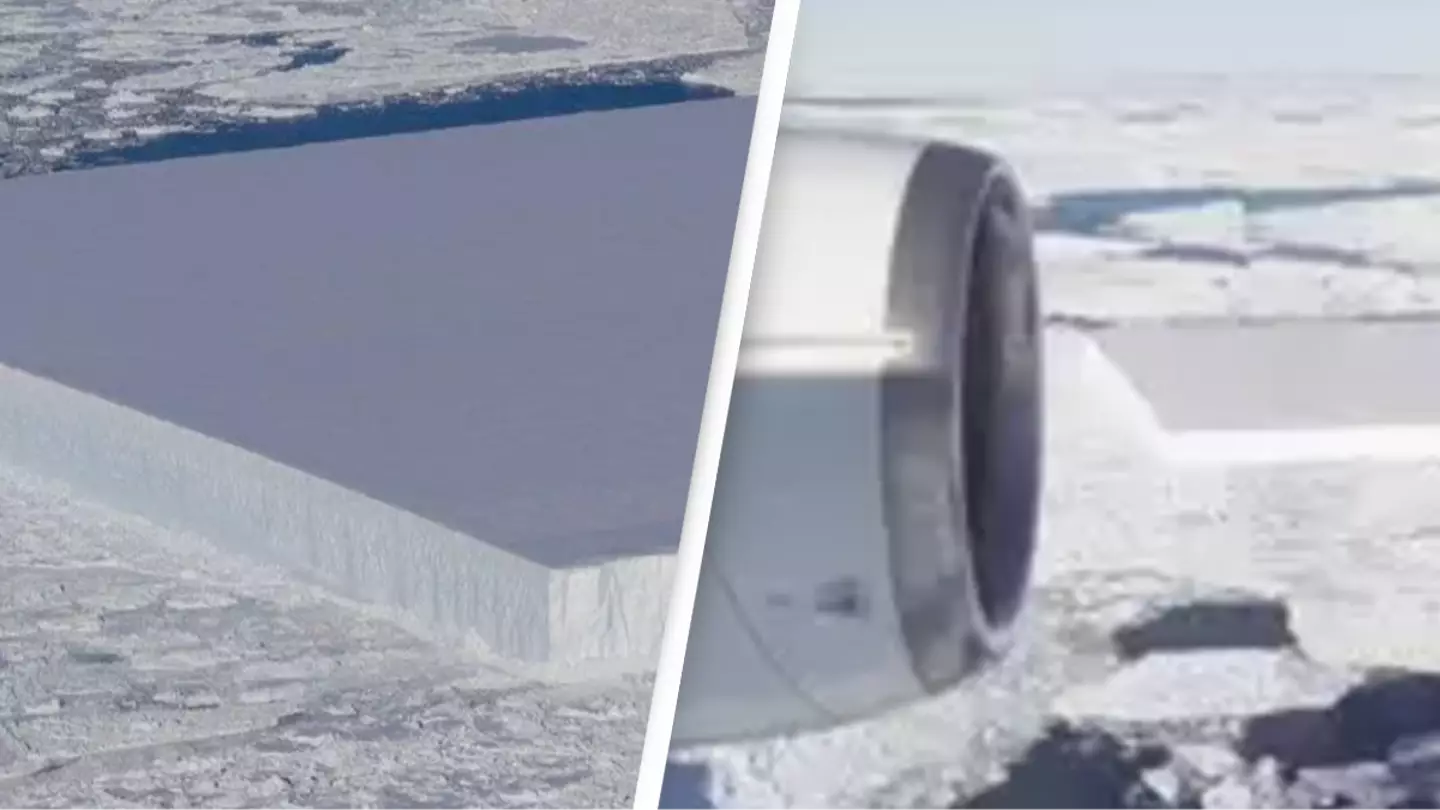
Featured Image Credit: NASA
Topics: News, World News, Environment, NASA

Topics: News, World News, Environment, NASA

Kit joined UNILAD in 2023 as a community journalist. They have previously worked for StokeonTrentLive, the Daily Mirror, and the Daily Star.